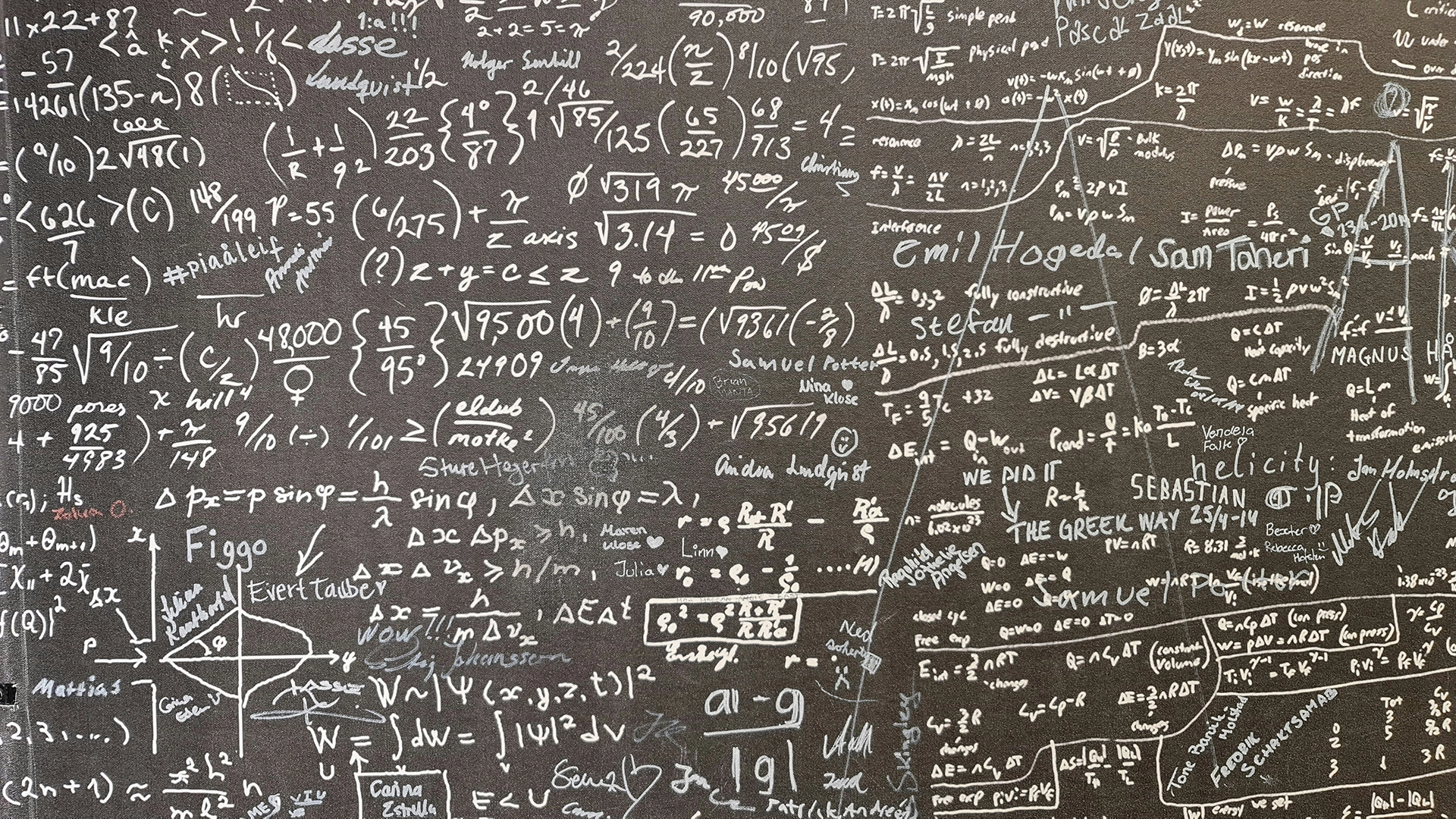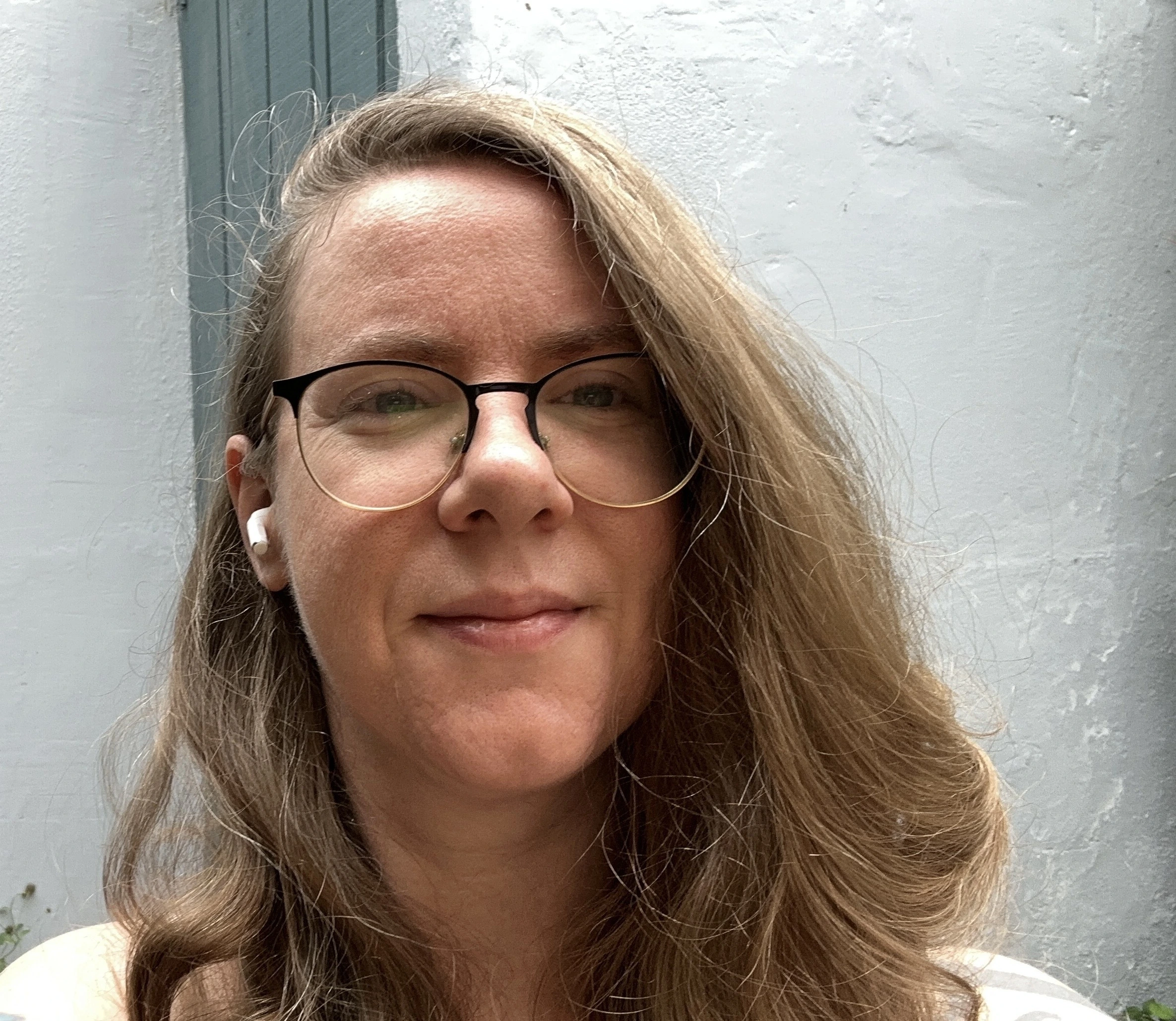
Image by Thomas T, from Unsplash
Cambridge Hosts Debate On AI’s Role In Solving Math’s Hardest Problems
AI tools currently assist mathematicians in writing and verifying proofs, sparking debate about whether artificial intelligence can truly transform mathematical research.
In a rush? Here are the quick facts:
- AlphaProof proved part of the prime number theorem using Lean code.
- Trinity translated handwritten math into formal proof of ABC conjecture segment.
- Some mathematicians remain skeptical about the tools’ transparency and reliability.
Artificial intelligence may be on the verge of transforming mathematics, with AI tools currently assisting in writing, and verifying mathematical proofs. New Scientist (NS) reported that a major conference at the University of Cambridge in June brought together 100 leading mathematicians to examine AI’s growing role in formalizing and verifying mathematical work.
“It’s a little bit overwhelming,” said Jeremy Avigad of Carnegie Mellon University, one of the organizers, as reported by NS. “It used to be kind of a fringe, niche thing. All of a sudden, I find myself popular,” he noted.
The two most popular tools discussed at the conference were DeepMind’s AlphaProof and Morph Labs’ Trinity. AlphaProof gained attention after achieving a silver medal at the International Mathematical Olympiad and has since proven part of the prime number theorem using formal verification tools, as noted by NS.
“I wanted to do a demo of how AlphaProof could be used in real life,” said DeepMind’s Thomas Hubert, as reported by NS.
Meanwhile, in another recent event, 30 top mathematicians met quietly at UC Berkeley to test OpenAI’s o4-mini, a powerful compact version of ChatGPT. The group used encrypted messages to protect their data while presenting 300 untested math problems to the AI system. The AI system, o4-mini, achieved surprising success by solving 20% of the presented problems, which exceeded the performance of its previous versions.
“I have colleagues who literally said these models are approaching mathematical genius,” said Ken Ono, a judge and mathematician at the University of Virginia. In one case, the bot reviewed prior literature, simplified the question, and solved it in minutes. “It was starting to get really cheeky […] That’s frightening,” Ono added.
Meanwhile, Trinity, created by US-based Morph Labs, automatically converts handwritten math into formal code. It recently helped prove a part of the controversial ABC conjecture. Kevin Buzzard of Imperial College London described it as a first-of-its-kind demonstration. “A machine just translated the entire thing into Lean,” he said.
Still, some scholars remain skeptical. Rodrigo Ochigame from Leiden University noted, “They posted only a single, possibly cherry-picked, output […] They didn’t even say if they tested their system on any other theorems,” as reported by NS.
Others, like Timothy Gowers of Cambridge, are optimistic: “Over the next few years, there will have been changes to how we do maths that will rival in importance the changes brought about by email, LaTeX, arXiv, and Google,” as reported by NS.


 Previous Story
Previous Story

 Latest articles
Latest articles 